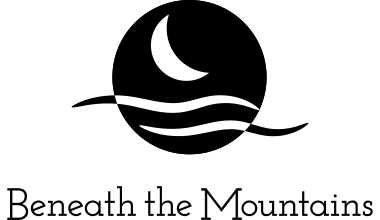
Photo by Justin Heininger ©2023
Questions Answered
I made a post on Instagram a while back showing an amulet I was working on and I mentioned that I needed to create a bail for the amulet. One of my followers asked me, “what’s a bail?”TLDR;
A bail is the part of a pendant that the necklace passes through. aka The thing that holds the pendant on the necklace. (the thing my fancy arrow points to in the image above)
Well, that got me wondering what the etymology for the work bail actually is….because, well, that’s the way my brain works. (squirrel!)
So, I looked it up and this is what I found over at en.wiktionary.org:
From Middle English beyle, from Old English bīeġels, from bīeġan + -els.
Noun
bail (plural bails)
- A hoop, ring or handle (especially of a kettle or bucket).
- A stall for a cow (or other animal) (usually tethered with a semi-circular hoop).
- A hinged bar as a restraint for animals, or on a typewriter.
- (chiefly Australia and New Zealand) A frame to restrain a cow during milking or feeding.
- A hoop, ring, or other object used to connect a pendant to a necklace.
- (cricket) One of the two wooden cross pieces that rest on top of the stumps to form a wicket.
- (furniture) Normally curved handle suspended between sockets as a drawer pull. This may also be on a kettle or pail.
So there you have it.
News of late
What’s new?Well, as of June 27, 2023, I’m officially the new Jewelry Studio Lead over at Generator VT! Pretty dang cool! I’m a volunteer member of Generator VT. Something I started about 9 weeks ago when I was part of the JumpStart Program they offer, to which I was accepted.
I’ll be there for Open Studio Nights helping people who want it with general jewelry making and fine metal fabrication questions.
Need more info? Check out the links!
In the Works
I’ve been working on making new amulets to sell. You can now order runic name pendants which are made to order. These pendants are created by carving your name translated into the Old Norse runic alphabet known as the Elder Futhark. Each name (up to 10 letters) is translated via widely available online translation tools. Then the letters are stacked vertically and a mirror image of this is hand carved into jeweler’s charcoal. Once the carving is complete, sterling silver is melted and hand-pressed into the single-use mold. This ensures that each pendant is one of a kind.Other things include:
- Continuing to create digital versions of the hand drawn knot art
- Casting new protection amulets (shown above) which will be available soon
- Working on some new hand pierced (sawn) sterling medallions
That's all for this time!
Justin
